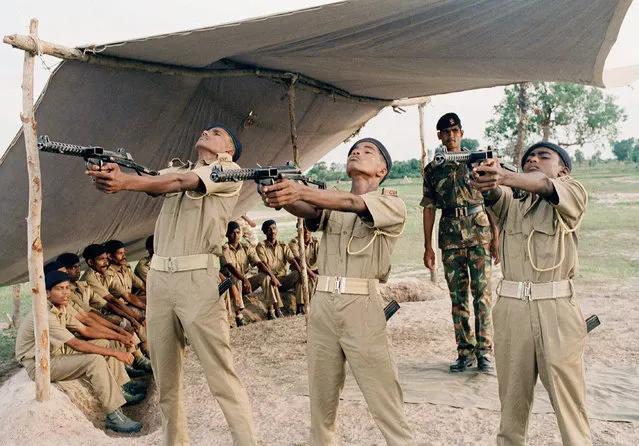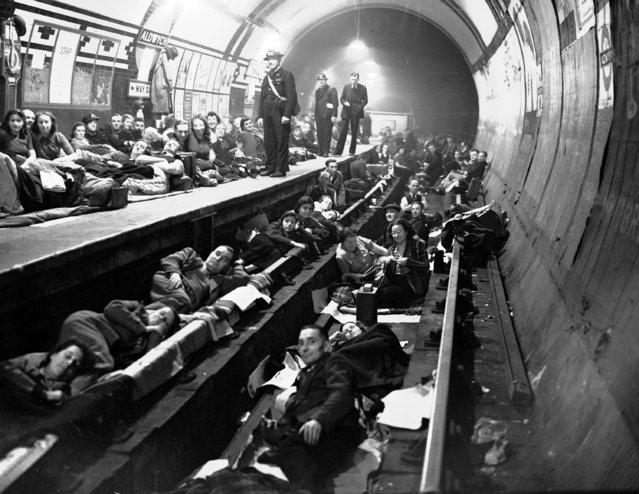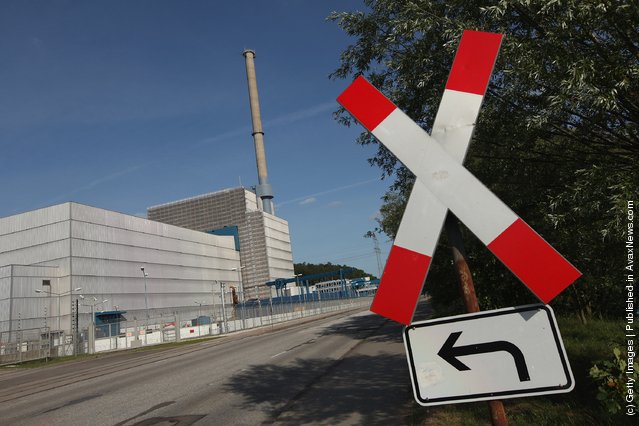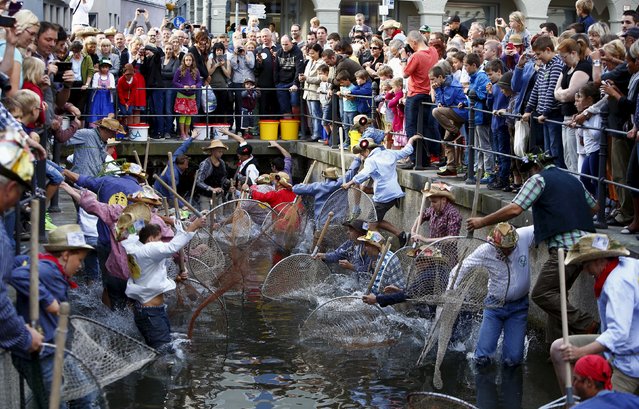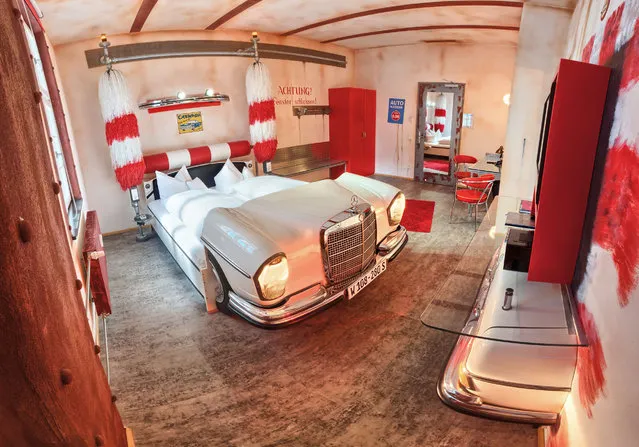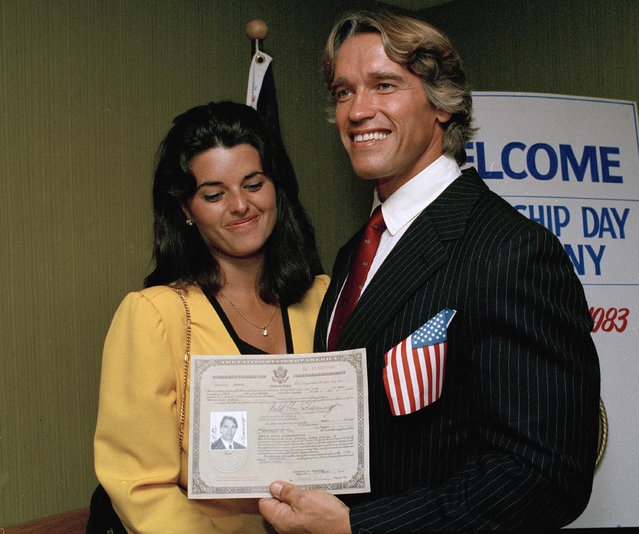
In this September 16, 1983 file photo, actor and bodybuilder Arnold Schwarzenegger shows off his new U.S. citizenship papers as Maria Shriver, daughter of Sargent and Eunice Shriver, looks on at the Shrine Auditorium in Hollywood, Calif. (Photo by Wally Fong/AP Photo)
17 Sep 2015 10:49:00,post received
0 comments

